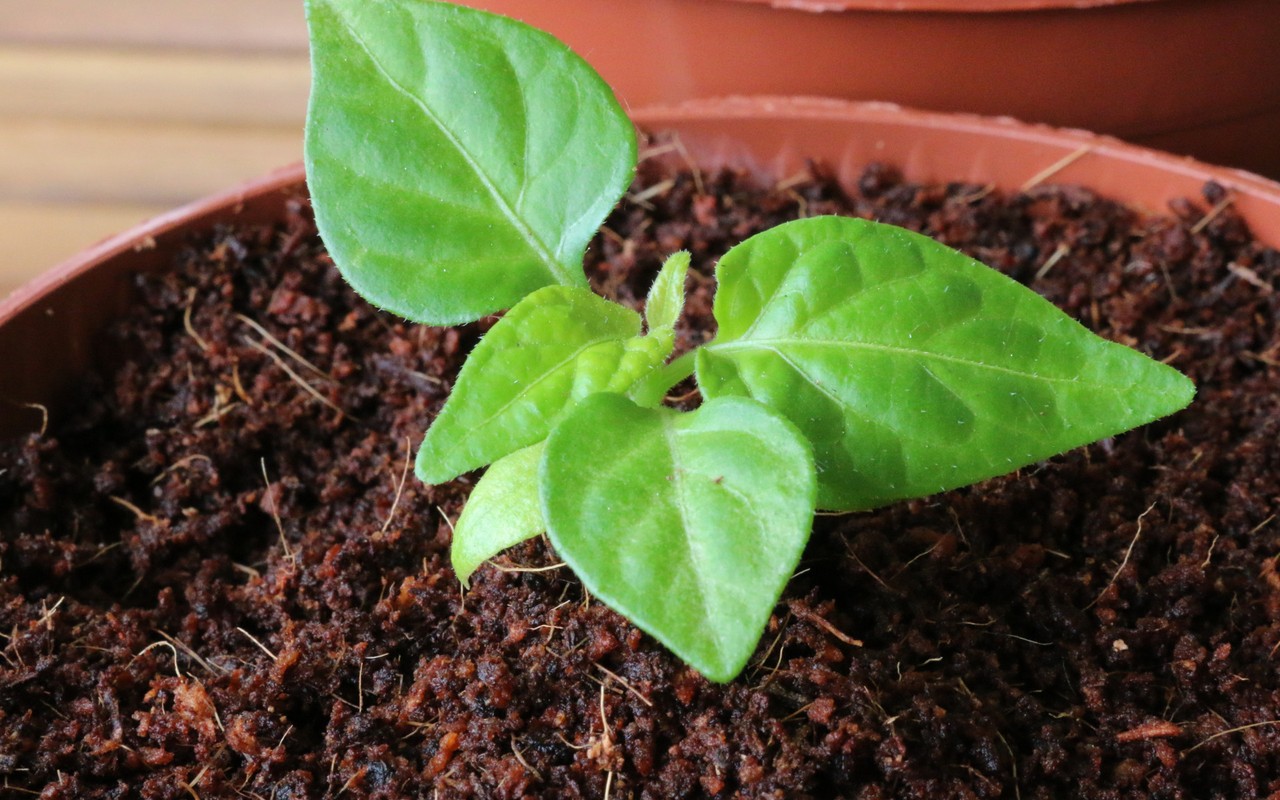- Sandy
- to the touch the sandy soil type is very gritty
- Can’t hold water
- Plants cannot keep nutrition
- Light to work with and warms up quickly in spring
- Silty
- Silty soil is smooth to the touch
- Holds moisture
- Very good at holding nutrition
- Soil stays cold
- Drains poorly
- Clay
- Clay has small particles making it easy to store water
- Very smooth
- Harder to drain water making it easy to keep in plant nutrients
- Very heavy to work with
- Peaty
- Easily compressed
- High water content
- Summer time, soil can be dry and a fire hazard
- Holds water for a long time during summer months
- Loam
- Ideal soil type (perfect for gardens)
- Contains silt, sand and clay
- Higher calcium and pH content
- Holds water and plant food well
Now that you are aware of the most common soil types, which one is best for your garden? If you are planning on growing fruit trees, the best type of soil is a soil with loamy and sandy texture. Fruit trees need a soil that can drain well with a deep root system to structure the tree. These trees can either be planted in the ground or in a pot. If the trees are grown in a pot, the key thing is to make sure that the pot is big enough and has large holes for draining. There are many positives to growing fruit trees in your backyard. Not only do you not have to buy fruit from the store that could possibly go to waste, but it provides shade during the hot summer months!
Now say you plan on having a typical flower garden. Flowers do best in soil that is high in calcium and good in draining water. Making sure that the soil has a natural pH is critical for the root growth of the flowers. A mix of sandy and loam soil would be the perfect mix for any garden. The sandy soil helps for drainage where loam soil contains silt and can hold plant food. The two soils give the perfect balance to have a healthy flower garden.
Have you thought about starting a vegetable garden? How nice would it be to never have to buy carrots, tomatoes, or lettuce ever again! Having a garden with fruits and vegetables will save you hundreds of dollars a year at the grocery store. For an example, planting one single tomato can have the outcome of making 10 pounds of fruit for one season. That is enough to share with family and friends! Starting any garden begins with the soil, for this type of garden, the most fitting type of soil would be a rich organic soil that is moist but well drained. For vegetables, it is important that the soil temperature not too hot or two cold. A soil thermometer is a great tool to keep the vegetables alive!
Overall, gardens can be very successful with the proper effort and of course, soil. The appropriate soil will create a solid foundation for the best growth.
Happy gardening!


